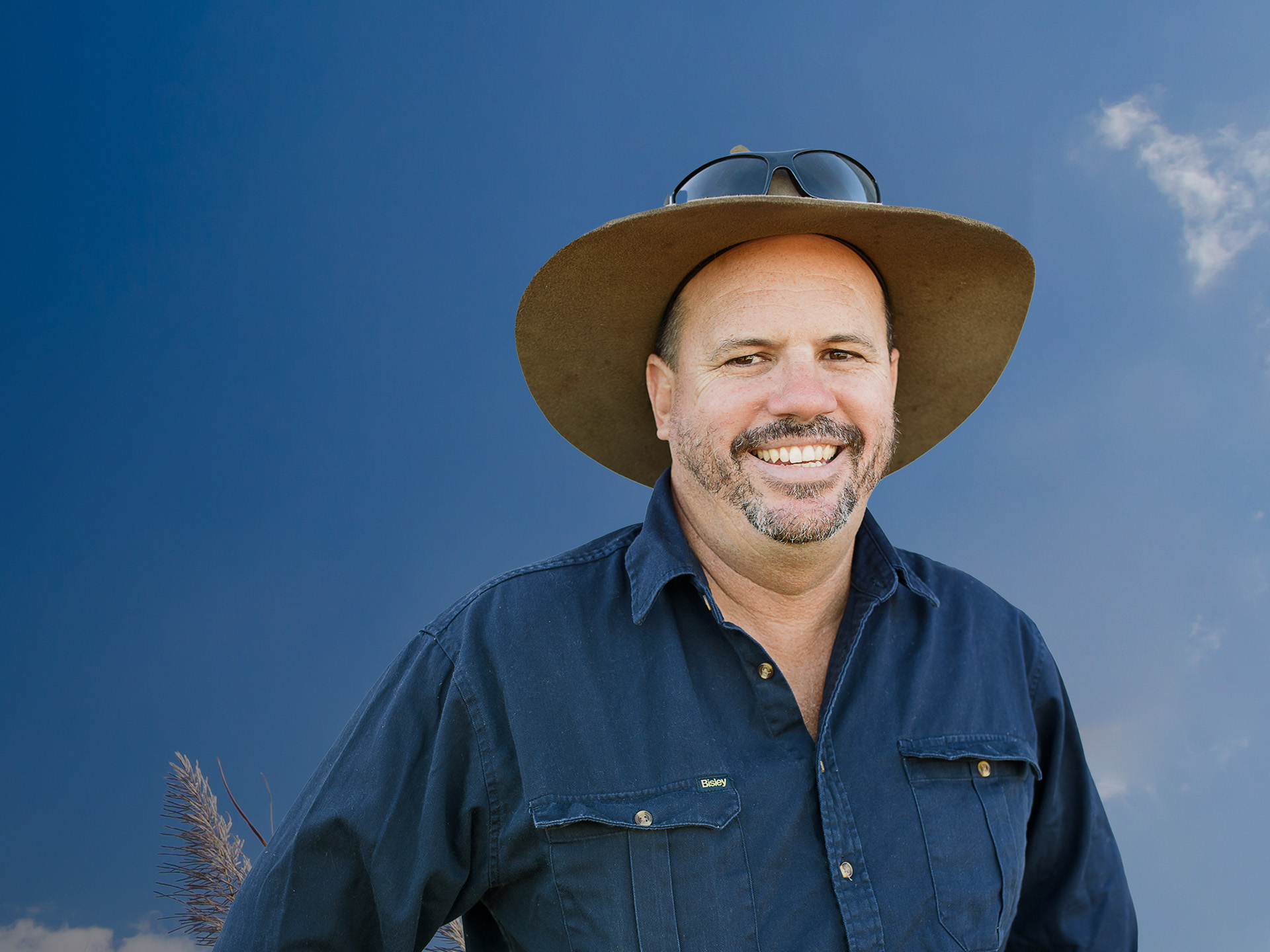
3 minute read
From the Chair
BY OWEN MENKENS, Chairman, CANEGROWERS
It was a great relief at the time of writing to see a significant rally in the world sugar price.
Many analysts had been predicting it to come, but as we know often happens in our industry you never really know what is going to happen and by when.
The rally was brought about by speculators reacting to news out of Brazil of less sugar production than predicted. This was mainly due to drier than average conditions over there.
Let’s not kid ourselves though, the Brazil crop is still massive, its 20 times as big as ours.
Thailand has increased its exports this year, however Brazil still accounts for over 70% of the world exports. Their season is very similar to ours so many analysts are suggesting that there will be a world shortage of sugar in the first half of next year. There is also a belief that the Brazil crop will not be as good next year which means we could be looking at a deficit for the 24/25 year. This is good news for growers and should provide some certainty for the months ahead.
As big as Brazil is, it is still only a small part of the world consumption of sugar. Consumption is still growing at the rate of over half the Australian sugar industry or 2 million tonnes every year. Sugar is produced mainly for domestic consumption in most countries. Unfortunately, most of this production is subsidised heavily, however under international trade rules these countries like the EU and India are not allowed to export even if they do produce more than their domestic needs. Many of these countries have large domestic consumption and consequently are very large producers of sugar. India produces 30 million tonnes of sugar, the EU 16 million tonnes, Thailand 10 million tonnes, China 10 million tonnes, US 8 million tonnes and you can throw in Russia and Pakistan who produce 7 million each. The movements in production of all these countries all affect the world price, consequently any long-term prediction of price levels is a dangerous game which many traders have failed at.
I have discussions with most of the growers from these countries at the World Association of Beet and Cane Growers (WABCG) conferences every year. Most of the cane producers are paid a flat rate per tonne of cane irrespective of sugar content and the mills then sell on the market at something reflective of the world price. An increase in the world price does not always come through to the growers in the same year as it does with our marketing choice system. The mills usually only pay a higher price for cane or beet in the year after the world market increases to try to encourage the farmers to grow more. This creates a lag effect on the world market which can lead to large distortions in deficits and surpluses. The sugar market is a very complex beast and I for one don’t make any predictions going forward.
Before I finish, I would like to note the passing of Paul Sgarbossa who was a director on many boards including BSES from 2006 to 2012. Paul was state chairman of the cane grub steering committee and was instrumental in the approvals of new grub control products.
I also would like to note the Queensland Cane Growers Organsation (CANEGROWERS) AGM will be held in Townsville in November for the first time and I look forward to catching up with as many of you as I can.






